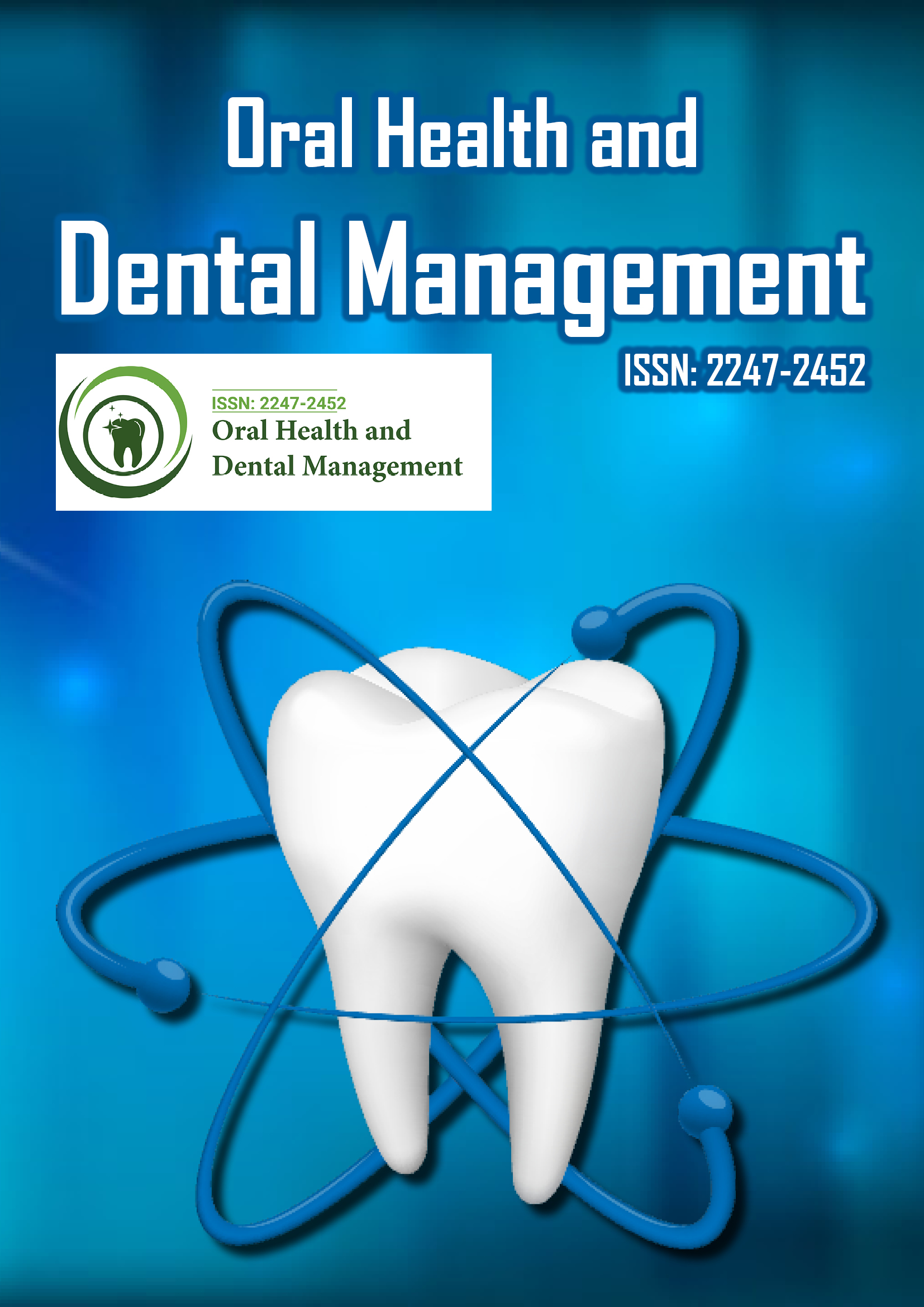Indexed In
- The Global Impact Factor (GIF)
- CiteFactor
- Electronic Journals Library
- RefSeek
- Hamdard University
- EBSCO A-Z
- Virtual Library of Biology (vifabio)
- International committee of medical journals editors (ICMJE)
- Google Scholar
Useful Links
Share This Page
Journal Flyer

Open Access Journals
- Agri and Aquaculture
- Biochemistry
- Bioinformatics & Systems Biology
- Business & Management
- Chemistry
- Clinical Sciences
- Engineering
- Food & Nutrition
- General Science
- Genetics & Molecular Biology
- Immunology & Microbiology
- Medical Sciences
- Neuroscience & Psychology
- Nursing & Health Care
- Pharmaceutical Sciences
Interdisciplinary management of agenesis maxillary lateral incisors
7th Global Dentists and Pediatric Dentistry Annual Meeting
March 31- April 01, 2016 Valencia, Spain
Abu-Hussein Muhamad
Pediatric Dentist, Greece
Posters & Accepted Abstracts: Oral Health Dent Manag
Abstract:
Introduction: The treatment of congenitally missing maxillary lateral incisors presents unique challenges to the dental profession and often requires a coordinated interdisciplinary approach involving orthodontists, oral surgeons, periodontists and restorative dentists to achieve optimal esthetic and functional results. Space closure with canine substitution: The two main treatment options include either space opening with prosthetic replacement or space closure with canine substitution. Space opening with prosthetic replacement: Historically, options for space opening with prosthetic replacement were limited to removable partial dentures and conventional fixed bridges. Neither option was very appealing and in the past made space closure with canine substitution a more attractive alternative. The fiber-reinforced resin-bonded bridge: The fiber-reinforced resin-bonded bridge, sometimes referred to as the Encore Bridge, is based on the same principle as the Maryland Bridge. Instead of metal wings, this type of bridge incorporates laboratory-processed composite resin with fiber reinforcement in the form of a lingual framework with a ceramic veneer bonded to the facial of the pontic. The single-tooth implant: A more recent option for treating congenitally missing lateral incisors, and one that currently is recommended often, is the single-tooth implant. Over the past several years, the predictability and long-term success rates of implants have made them an obvious restorative choice, especially when teeth adjacent to the space are healthy, of normal size and shape, and unrestored. Conclusion: The treatment of congenitally missing maxillary lateral incisors is challenging and complex, requiring very careful treatment planning, communication with the patient, and often the coordinated interdisciplinary efforts of the orthodontist, periodontist, surgeon and restorative dentist. The two categories of treatment options include space closure with canine substitution and space opening with prosthetic replacement. It is only after weighing all of the options available, analyzing the conditions that exist and consulting with the patient and other specialists that a method of treatment should be chosen.
Biography :
Email: abuhusseinmuhamad@gmail.com
